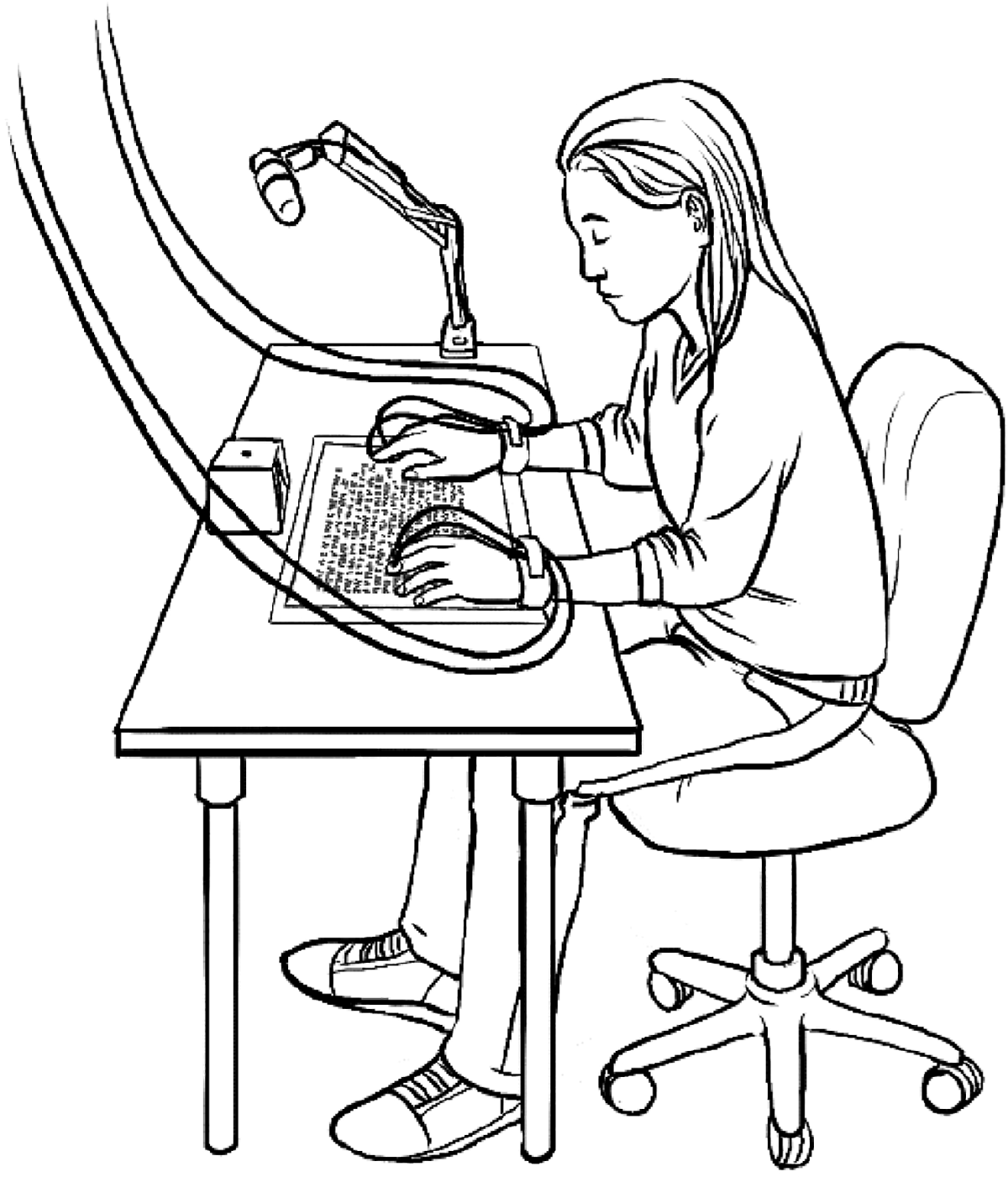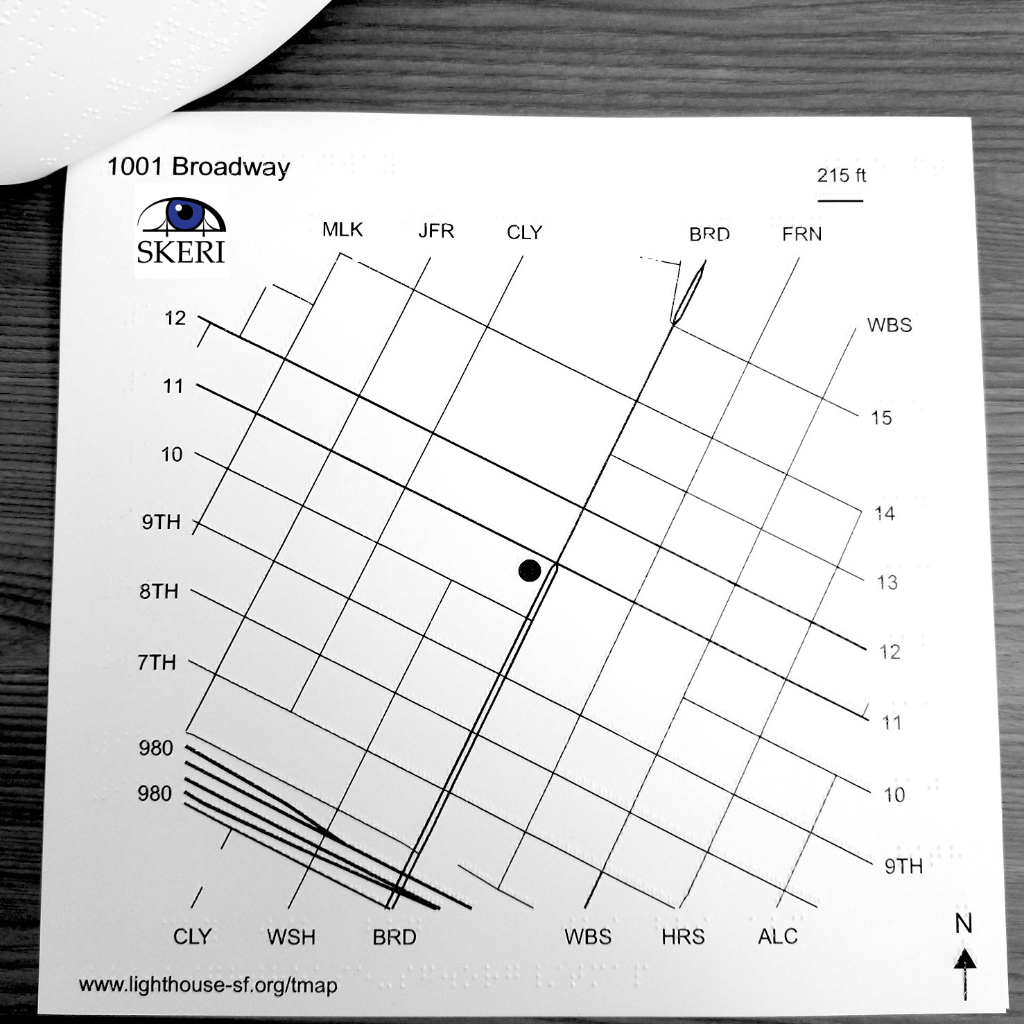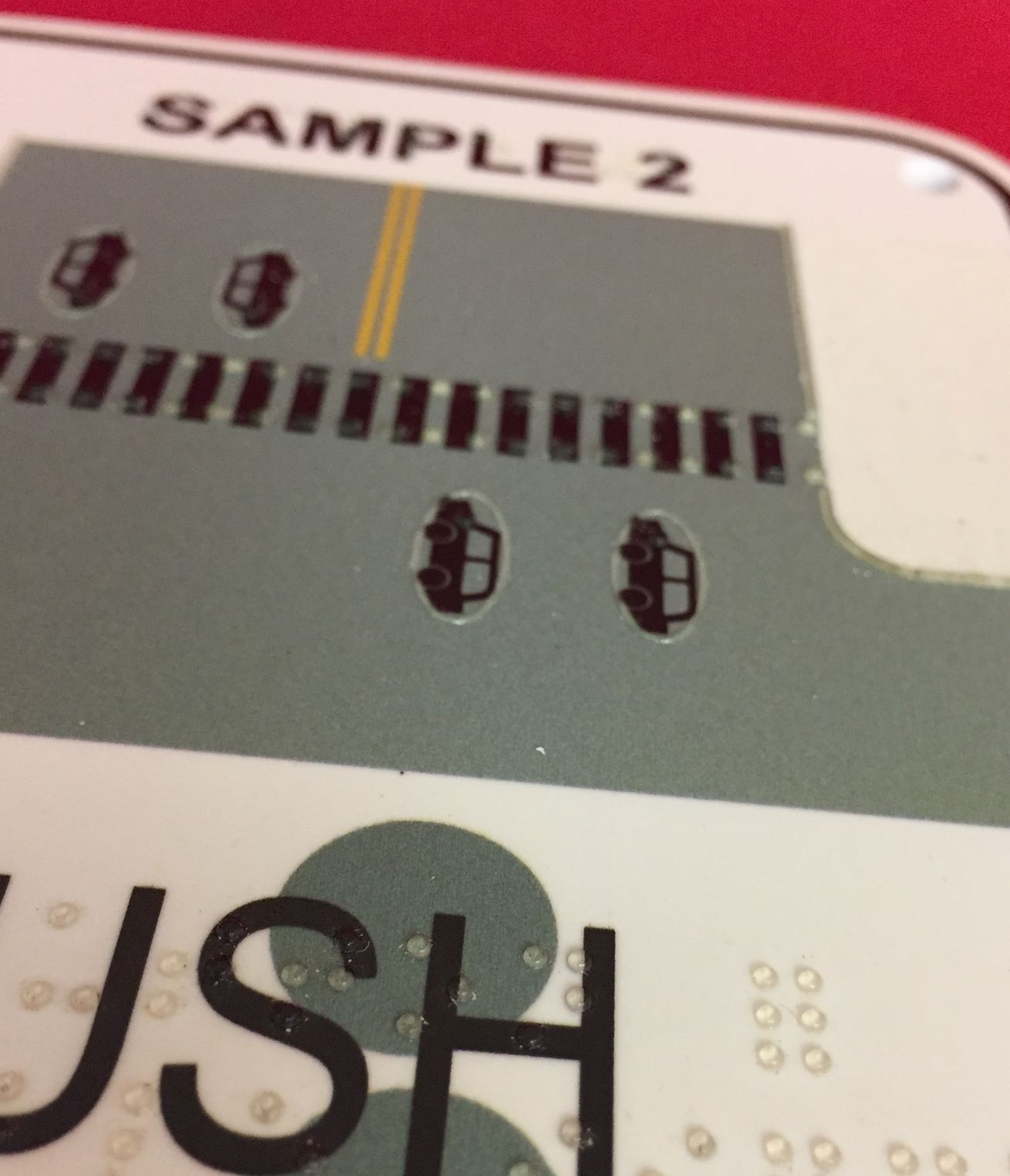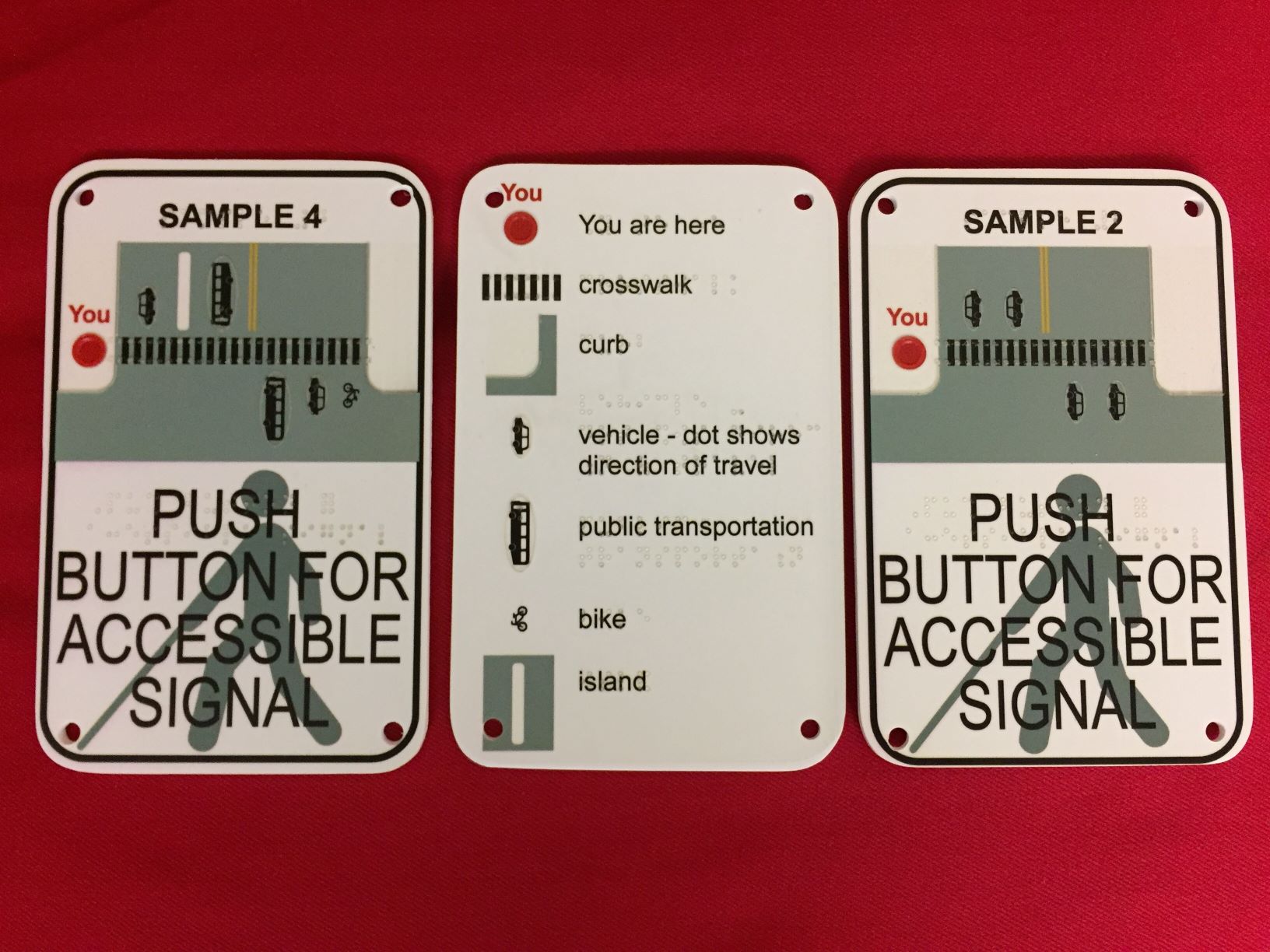Some of the research we do at The Smith-Kettlewell Eye Research Institute is on tactile graphics and braille.
The original tactile alphabet is known as braille, named after Louis Braille who created this 6 cell raised dot alphabet. In 1829, Louis Braille published Method of Writing Words, Music, and Plain Songs by Means of Dots for Use by the Blind and Arranged for Them. He became an apprentice teacher at the National Institute for Blind Youth when he was 19, and then a teacher when he was 24. In 1837, the school published the first book in braille. However, Braille’s system proved to be controversial at the institute. The school’s director, Alexandre François-René Pignier, had supported using braille, but Pierre-Armand Dufau banned it when he became director of the school in 1840. Nonetheless, by 1850, when tuberculosis forced Louis Braille to retire from teaching, his six-dot method was well on its way to widespread acceptance.
Researchers at Smith-Kettlewell designed an experiment to track people reading braille with their finger tips. We are still studying braille hundreds of years after it has been adopted.

This experiment showed that the higher the braille dot height, the fewer number of times readers went back to revisit a line of braille (we call this behavior a regression). Read about this study here
Want to learn more about braille? This easy to download booklet The Braille Trail from American Printing House for the Blind gives you the basics
We also have projects about tactile graphics-
Such as the TMAP project (now being run at The San Francisco LightHouse). Get your own TMAP from LightHouseSF

And recently completed a study with tactile signage for accessible pedestrian signal (APS) crossings.
Here are some samples from a crossing sign study we did here in San Francisco combining braille and tactile graphics. On the symbol key you can feel the braille and learn what each tactile graphic symbol on the accessible pedestrian sign (APS) is.


Notice it is possible for everyone to read this kind of signage. This study explored if knowing more about a crossing would help very low vision, and blind pedestrians cross the street more safely. While our sample size was too small to small to draw conclusions- all of our testers loved the tactile graphics, and expressed an interest in having this type of signage in their communities. Versions of these signs are already in use in New York City.
